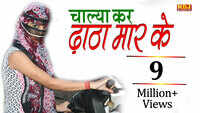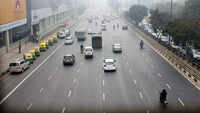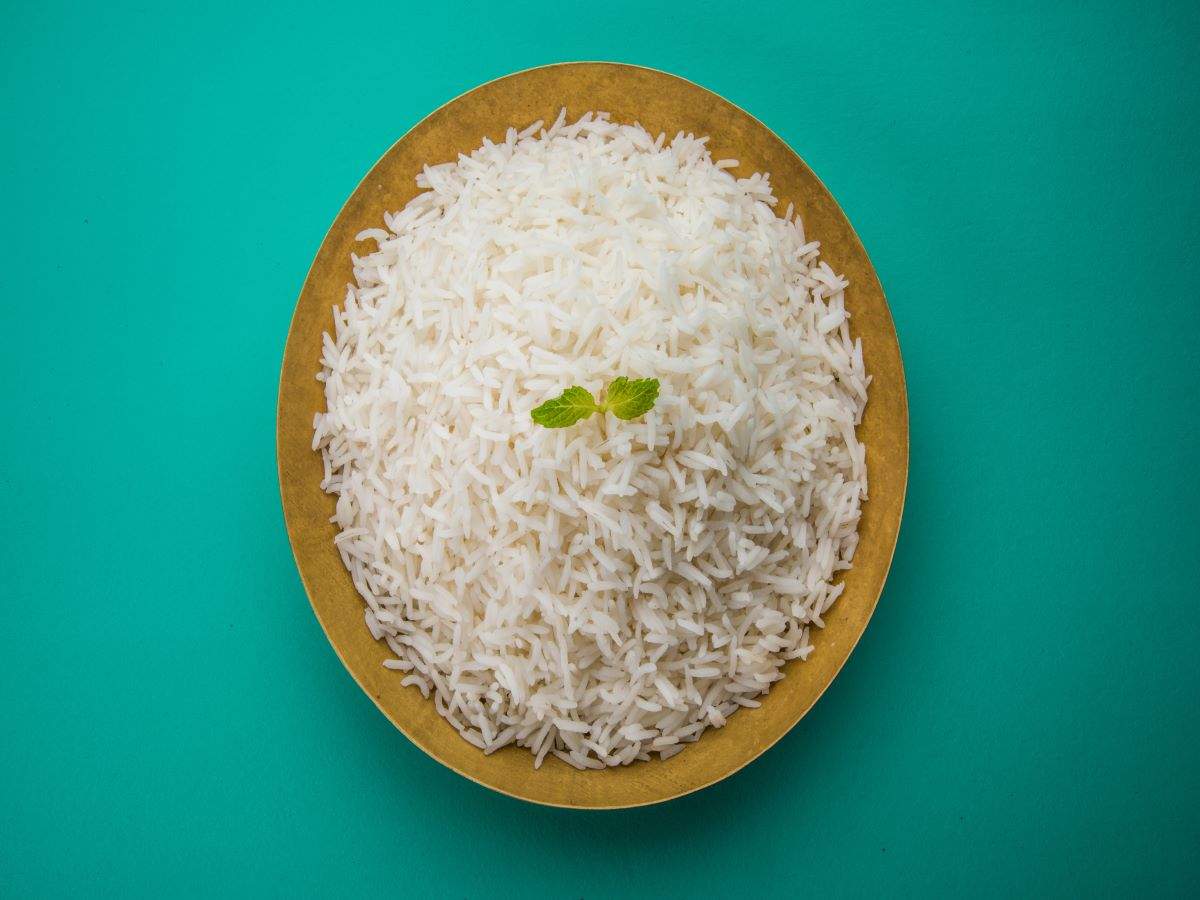
NEW DELHI: The out of pocket expenditure (OOPE) on health is declining with government initiatives like Ayushman Bharat and free drugs & diagnostics, the Economic Survey 2019 shows depicting an encouraging trend in Indian healthcare scenario. However, it also cautions that despite the reduction, the out of pocket spend on health remains substantial and still constitutes over 60% of total spend, requiring "policy interventions".
"Though India has made substantial progress, there are areas which require policy interventions to attain the goals of accessible, affordable and quality health care," the survey tabled in the Parliament on Thursday said.
The survey shows that in 10 years the OOPE has reduced from 69.4% in 2004-05 to 60.6% of the total expenditure on health in 2015-16. Whereas, government spending out of total health expenditure improved from 22.5% in 2004-05 to 30.6% in 2015-16.
Medicines constitute a majority of the amount spent out of pocket on health and while the government has taken a slew of steps to control this, the reality is over 60% of the patients are still forced to pay for medicines on their own, the survey says.
To counter the rising health expenditure and high OOPE, health insurance plans need to be simplified to make it easier for individuals to buy them.
The survey says that there is asymmetrical information such as high variability of health care expenditures which often leads people to making health-related decisions which are not in their best interests. These harmful decisions range from not buying health insurance or engaging behaviour such as smoking and drug abuse.
Highlighting the thin health infrastructure and manpower, the survey stressed on an urgent need to ramp up the same.
"Access to health care is still a major challenge in India. If India’s hospital facilities remain at current levels, rising population over the next two decades (even with slowing population growth rates) will sharply reduce the per capita availability of hospital beds in India across all major states," it said."
It added that states where primary health centres are poorly manned have more number of mother and child deaths.
The survey noted a gradual slowing in India's population growtho over few decades, mainly driven by steady decline in India’s total fertility rate since the mid-1980s. Though the decline in India’s TFR has been more gradual when compared to the experience of other emerging economies, it has nonetheless halved from 4.5 in 1984 to 2.3 as of 2016.
"Though India has made substantial progress, there are areas which require policy interventions to attain the goals of accessible, affordable and quality health care," the survey tabled in the Parliament on Thursday said.
The survey shows that in 10 years the OOPE has reduced from 69.4% in 2004-05 to 60.6% of the total expenditure on health in 2015-16. Whereas, government spending out of total health expenditure improved from 22.5% in 2004-05 to 30.6% in 2015-16.
Medicines constitute a majority of the amount spent out of pocket on health and while the government has taken a slew of steps to control this, the reality is over 60% of the patients are still forced to pay for medicines on their own, the survey says.
To counter the rising health expenditure and high OOPE, health insurance plans need to be simplified to make it easier for individuals to buy them.
The survey says that there is asymmetrical information such as high variability of health care expenditures which often leads people to making health-related decisions which are not in their best interests. These harmful decisions range from not buying health insurance or engaging behaviour such as smoking and drug abuse.
Highlighting the thin health infrastructure and manpower, the survey stressed on an urgent need to ramp up the same.
"Access to health care is still a major challenge in India. If India’s hospital facilities remain at current levels, rising population over the next two decades (even with slowing population growth rates) will sharply reduce the per capita availability of hospital beds in India across all major states," it said."
It added that states where primary health centres are poorly manned have more number of mother and child deaths.
The survey noted a gradual slowing in India's population growtho over few decades, mainly driven by steady decline in India’s total fertility rate since the mid-1980s. Though the decline in India’s TFR has been more gradual when compared to the experience of other emerging economies, it has nonetheless halved from 4.5 in 1984 to 2.3 as of 2016.
Download The Times of India News App for Latest India News.
more from times of india news
World Cup 2019
Trending Topics
LATEST VIDEOS
Trending Videos
 Haryanvi Song 'Chalya Kar Dattha Mar Ke' Sung By Rajpal Mawar and Rajbala Nagar
Haryanvi Song 'Chalya Kar Dattha Mar Ke' Sung By Rajpal Mawar and Rajbala Nagar  Shahid Kapoor, Kiara Advani and other celebrities attend success party of 'Kabir Singh'
Shahid Kapoor, Kiara Advani and other celebrities attend success party of 'Kabir Singh'  India Budget 2019: 1.25 lakh km of roads to be constructed in next 5 years, says FM Nirmala Sitharaman
India Budget 2019: 1.25 lakh km of roads to be constructed in next 5 years, says FM Nirmala Sitharaman  Sushmita Sen relives childhood with daughters and Rohman Shawl playing in a giant ball pit
Sushmita Sen relives childhood with daughters and Rohman Shawl playing in a giant ball pit
More from TOI
Navbharat Times
Featured Today in Travel
Quick Links
Rajasthan election 2019Andhra Lok Sabha electionGujarat Election 2019Karnataka Election 2019MP Lok Sabha electionMaharashtra election 2019West Bengal Lok SabhaTamil Nadu election 2019UP Election 2019Bihar election 2019UP Election DateAndhra Election DateBihar Election DateAndhra Assembly ElectionLok SabhaMP Election DateMaharashtra Election DateShiv SenaYSRCPTDPWB Election DateJDUCongressBJP newsGujarat Election DateSC ST ActUIDAIIndian ArmyISRO newsSupreme CourtRajasthan Election DateTelangana Election DateTamilrockers 2018Uttarakhand newsSikkim newsOrrisa newsKarnataka Election DateNagaland newsSatta KingManipur newsMeghalaya news
Get the app





